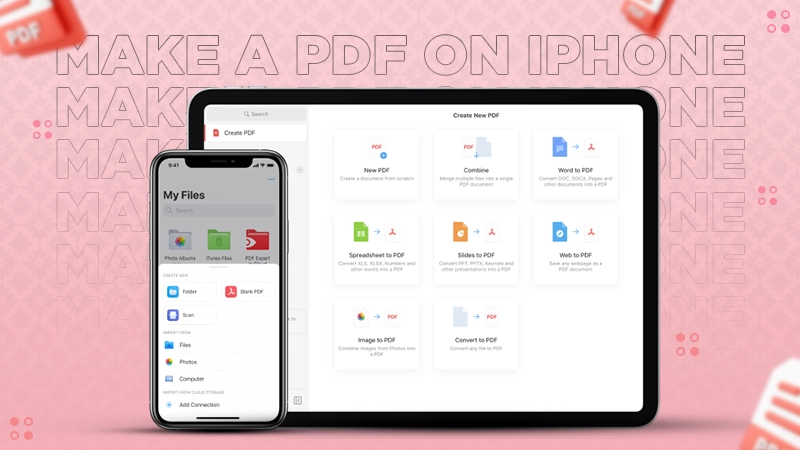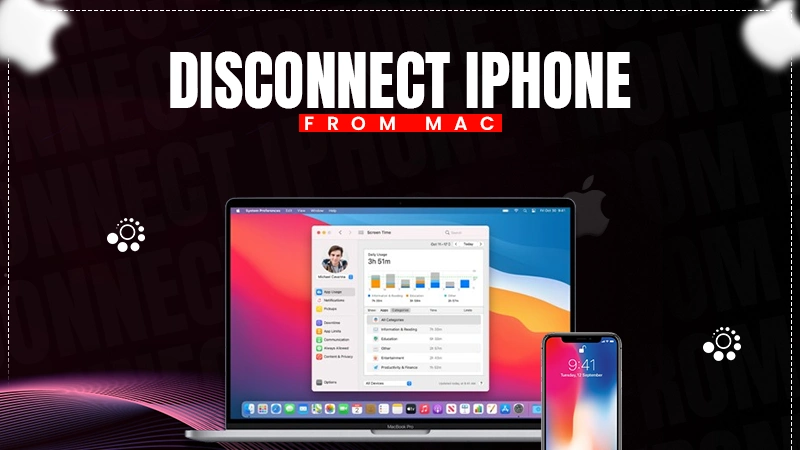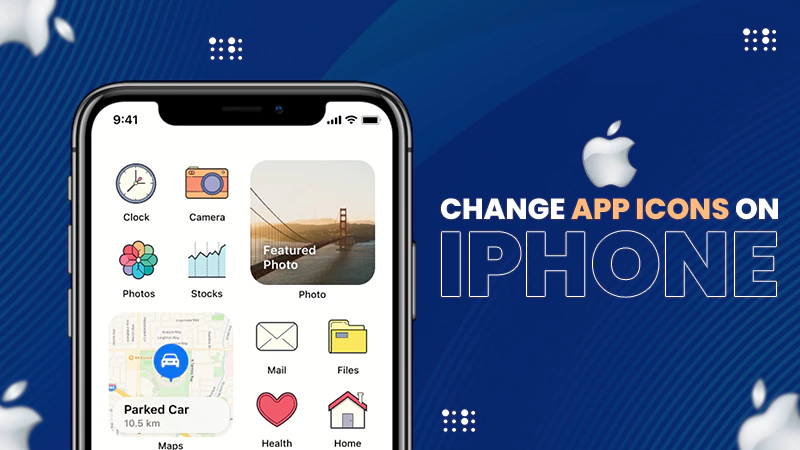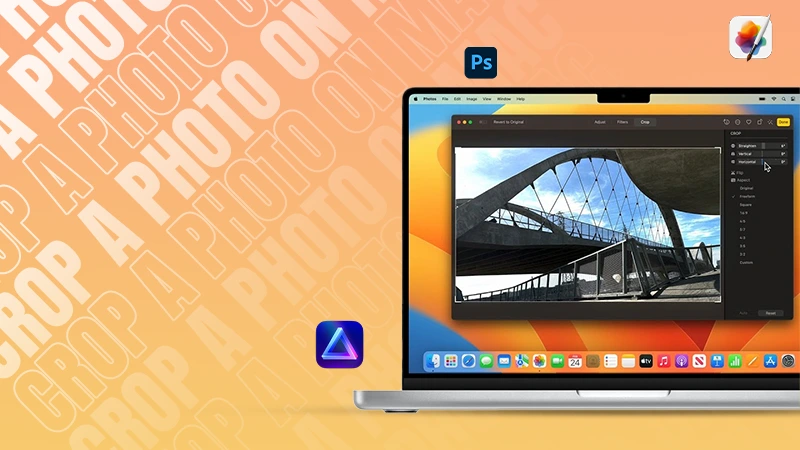What You Need to Know About Analyzing Android UI Performance
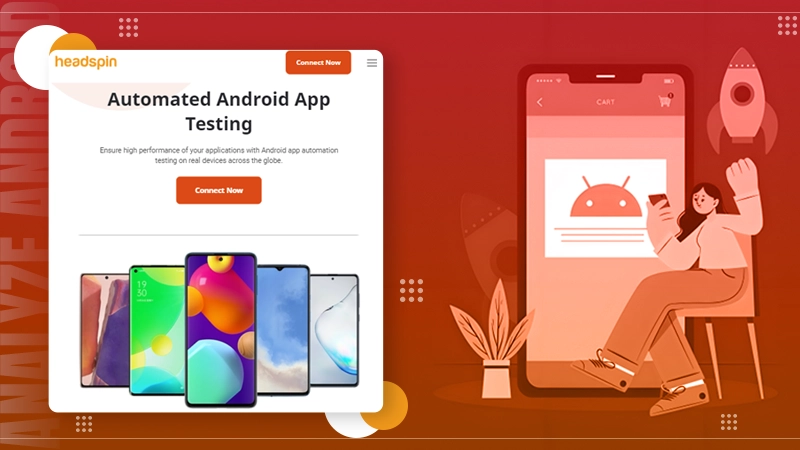
Android UI is the result we see when we use an application on an Android device. It needs to be top-notch for the users, and hence it goes under multiple tests for analyzing its performance.
Developers put their best efforts into making the idea of an application come to light. But at times there still are some issues due to which the UI doesn’t work how it is supposed to. Also, learn about Trends in Android Development in this guide.
For this reason, you need to be aware of all the ways for Android UI testing, why is it essential to analyze the UI performance and so much more.
Ways to Test the Android UI
When you use an application, what you see and navigate to is called its user interface (UI). It goes through multiple tests and other coding processes to look like what it does to you. There are two ways to check this, 1. Manual testing and 2. Automated Testing. We have briefly mentioned both ways below, so keep reading.
Manual Testing
As the name suggests, this way of testing is done by an actual human being interacting with the software. This is done to see if the application’s UI is working and behaving in the right way.
To do the manual testing, we look into the following parameters:
- Executing predefined scenarios to test, and later recording their results.
- Looking through all the buttons and menus to see if they are opening and working.
- Exploring the application, to see how it is functioning by looking at the flow and speed of navigation.
- Looking at the design elements like text, color, layout, etc. on all screen sizes across multiple devices.
Automated Testing
This testing is done through special software and other encrypted tools that help you send automated interactions to the user interface of the application, and further validate that behavior. Such tests can analyze and evaluate multiple scenarios.
To do the automated testing, we look into the following parameters:
- Developers write a certain script and check how the application’s UI responds to it.
- These tests are automated at frequent intervals to check if any issue occurs.
- If any issue occurs, they fix it by making relevant changes in it.
- This test helps the developers get quick feedback, that they can fix promptly.
- They further go ahead and use different tools to check the accuracy, which helps in checking across devices using the same scripts.
Both of the above tests are done to check if the application’s user interface is accessible, usable, and navigable through different devices and screen sizes.
How to Analyze The UI Performance?
You know the method, benefits, and what is Android UI testing, but how can you analyze your application’s UI performance? Worry not, we got you!
Read how can you analyze the user interface on an Android device,
- Determine all the objectives you want your application to have.
- Now select the key performance indicators for your website.
- Build the website, and execute several tests by any one method of testing.
- Take notes of the test results and make all the necessary changes required in the application.
This is how you can easily check how your Android UI is performing.
Android UI – Advantages and Limitations
Here are the advantages and limitations of testing Android UI performance,
| ADVANTAGES | LIMITATIONS |
| As it went through multiple tests, it’s completely efficient.You get to see how the user interface is acting across different devices.Testing helps in identifying bugs.Overall provides an optimal user experience. | With time, the application would require test scripts updates.Forming these test scripts is difficult and time-consuming. |
As you can see, there are more benefits to Android AI testing, than not doing it at all. It not only makes the application smooth and user-friendly, but also helps in enhancing the user experience.
General Tips to Improve Your UI Testing
Keep these tips in mind next time you are running tests on your application,
- Frequently keep testing, so that you can catch the bugs and issues early on.
- Update the test scripts from time-to-time, for real results.
- Check every single function that the website provides works.
- In fixed intervals, check how the security walls and various other encrypted functions.
Using these tips, in your testing process can help you enhance the application’s performance.
Conclusion
The Android user interface testing is a necessary and important step for ensuring that the application is working how it should. We check several factors like how it responds to the interactions, if every menu and button is responding, etc.
We hope now you know how you can analyze the performance of Android UI. For more such content, browse our website.
Frequently Asked Questions
Ans: There are two ways to check the Android UI performance. Through Manual testing, a human user interacts with the application to see if it’s working the way it should. Another way is called Automated testing, in which the artificial bots interact with the application’s user interface.
Ans: You can improve your Android UI by prioritizing consistency while making it simple and minimalistic, i.e., by using easy-to-navigate font and application style, etc.
Ans: The UI testing in Android is basically to see how a particular application performs. It is done by two methods (Manual and Automated) to make sure there aren’t any bugs and issues with the usage of the application.


